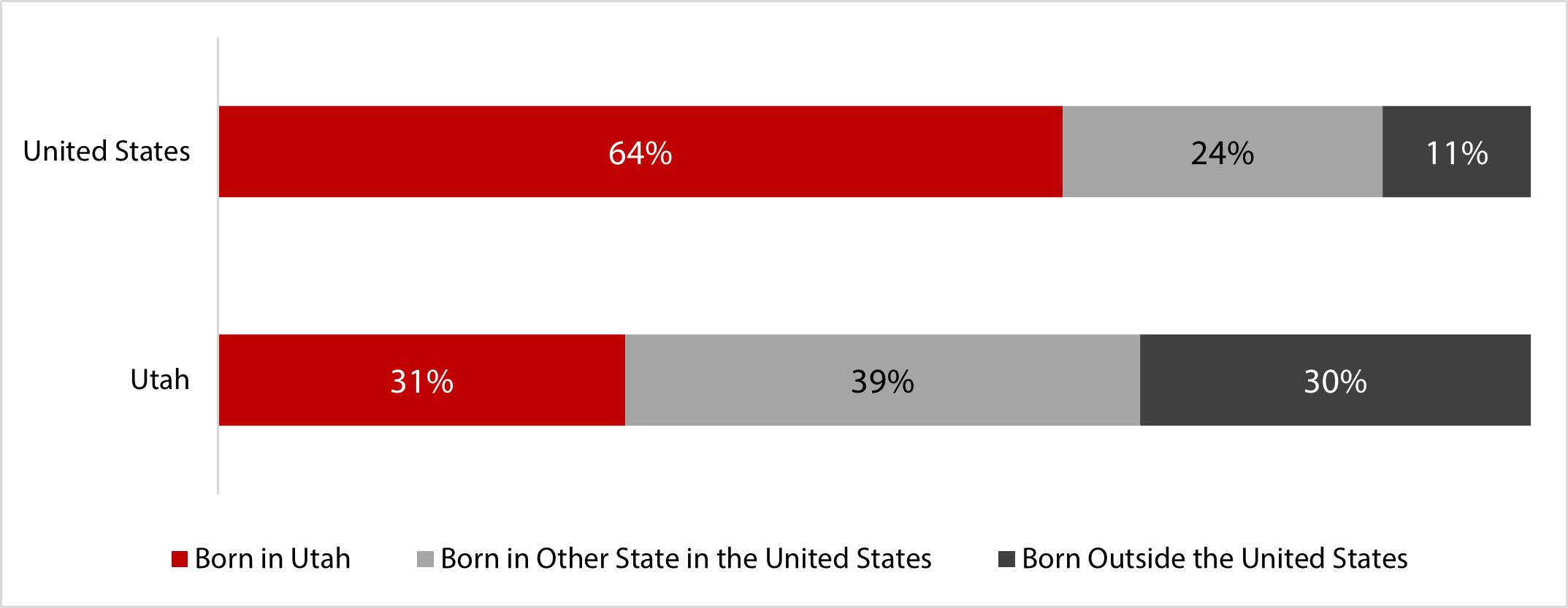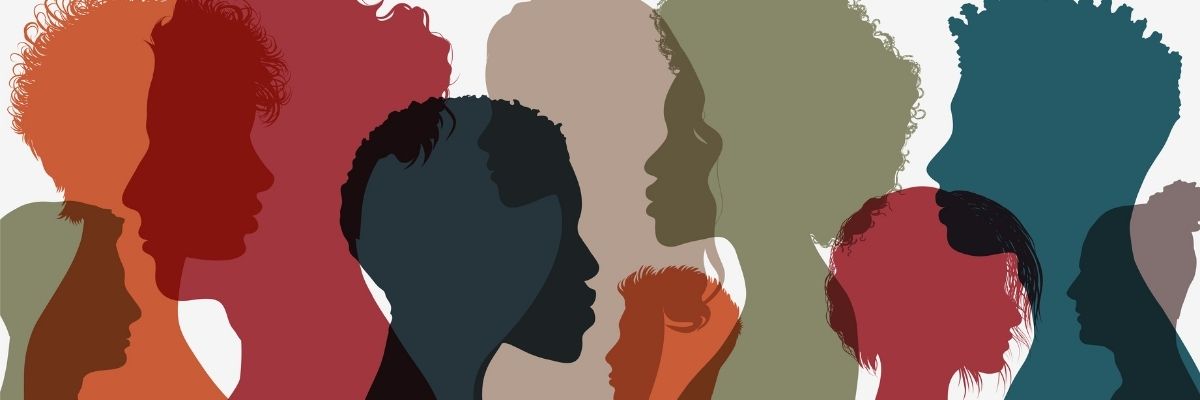Blog Post
Insight: Utah’s Black Population
By Heidi Prior
Note: The opinions expressed are those of the author alone and do not reflect an institutional position of the Gardner Institute. We hope the opinions shared contribute to the marketplace of ideas and help people as they formulate their own INFORMED DECISIONS™.
Utah’s increasing racial and ethnic diversity is due in part to an increasing number of Black or African American residents across the state. To mark Black History Month, this blog uses several Census Bureau data resources to describe Utah’s Black or African American population (referred to as Black in this blog).
4 in 10 Black Utahns are multiracial.
More than 67,000 Utahns identify as Black or African American, according to 2020 Census data. About 40% are multiracial, listing Black or African American along with one or more other races. The majority of these multiracial residents describe themselves as both Black or African American and White. More information on the Census Bureau’s race categories can be found here.
Utah’s Black population growth outpaces state growth overall.
Between 2010 and 2020, Utah’s Black or African American population grew by nearly 24,000 residents (both Black alone and in combination with other races). Over the decade, Utah’s Black population grew 55% while the total state population grew only 18%, causing the Black share of the state to increase from 1.6% to 2.1%. The number of multiracial Black residents nearly doubled during this time, growing 94% and contributing to the multiracial population’s status as Utah’s fastest-growing racial group.
Figure 1: Black Residents as a Share of State Population, 2020

Note. Black residents include those who selected Black or African American as their single race or in combination with other races.
Source: U.S. Census Bureau 2020 Decennial Census Redistricting Data
Only three states include smaller shares of Black residents.
While Black or African American individuals represent 14% of the U.S. population, they account for 2.1% of the population in Utah. Only Idaho, Montana, and Wyoming have smaller percentages of residents who identify as Black (either alone or in combination with other races).
Meanwhile, Washington D.C., Mississippi, and Louisiana have the highest shares of Black residents, composing 44%, 38%, and 33% of each state’s population, respectively.
Half of Black Utahns live in Salt Lake County.
According to the 2020 Census, 52% of Utah’s Black population lives in Salt Lake County, which is home to 36% of the total state population. A slightly larger share of Utah’s Black residents (87%) live along the Wasatch Front than the population as a whole (75%). By share of residents, that equates to 2.9% of Salt Lake County, 2.5% of Weber County, 2.1% of Davis County, and 1.4% of Utah County.
Uniquely Utahn
Much of the available summary table data describing Black Utahns in detail is provided through the 2021 5-Year American Community Survey, and includes only those who select Black or African American as their single race. Though this data only reflects a portion of Black Utahns, it provides some insights into how Black Utahns differ from their Black peers nationally.
- Like Utahns in general, Black Utahns are younger than Black Americans overall and more likely to be married.
- Black Utahns are more likely than Black Americans nationally to be out-of-state migrants. Only 31% of Black Utahns were born in Utah, while 61% of Black Americans live in their birth state.
- Utah’s Black population includes a higher share of individuals born outside of the U.S., 30% compared to 11% nationally.
- Black men in Utah are more likely to hold bachelor’s degrees than their national peers, with 27% of Black men over age 25 earning bachelor’s degrees or higher compared to 20% nationally.
- Black women in Utah, however, are less likely than their national peers to hold bachelor’s degrees. 22% of Black women in Utah have bachelor’s degrees or higher degrees compared to 26% nationally.
Figure 2. Black or African American Population by Place of Birth: Utah and the United States, 2017-2021

Note: Data includes individuals who selected Black or African American as their only race.
Source: US Census Bureau, American Community Survey 5-Year Estimates, 2017-2021
Future data releases from the Census Bureau will lend more insights into Utah’s growing Black population.
Heidi Prior is a public policy analyst at the Kem C. Gardner Policy Institute.

